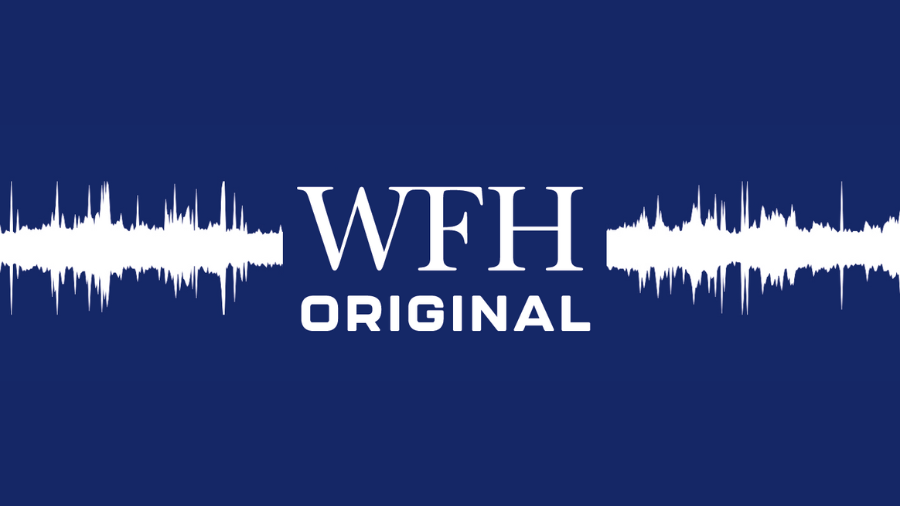Ear and Now
March 1, 2022

Binaural recording is a method of recording which allows for immersive ‘3D audio’ to be produced. Binaural audio itself has quite a long history, but with the more recent proliferation of mobile devices which allow us to listen to audiobooks on the go, we now have the opportunity to really witness its stunning potential.
It is an ideal technology to bring into the audiobooks medium, as listeners often use headphones, so they are really able to experience the full benefits of a binaural recording and delve even deeper into the worlds our authors and actors create.
How does it work?
Bianaural audio allows the listener to hear sound as they would in real life. In doing so, the listener is able to detect the direction of a sound source in a much more accurate way than a traditional stereo recording can achieve.
Binaural recordings use the human head to record the sound in ‘3D’. This is called the ‘Head Related Transfer Function’ or HRTF and it refers to the filtering a sound source goes through in the free field before it reaches our ear drum and is perceived by the brain.
The Head, Pinna and Torso all have an effect on the directionality of a sound, so as a sound source moves (i.e. a bee buzzing around your head), or indeed the person’s head moves, the mass of the human head will act as a filter for this sound allowing for a much more accurate recording of the position of the sound source. By placing small microphones in the ears of the person recording (or dummy head if stationary), we use the HRTF to accurately record the sound in 3D, thus giving a much more immersive experience than a traditional stereo microphone pickup pattern (which does not use an HRTF) to capture the incidence of a sound source.
The filtering of frequency that an HRTF provides along with the Inter Aural Level and Inter Aural time differences are all fully captured when using a binaural recording setup. The end result is a truly immersive 3D audio experience, as aspects like the time it takes for a sound to hit one ear, wrap around the head, torso and pinna before reaching the other ear are all recorded. The differences in the frequency and time domain captured in a binaural recording are simply not possible with traditional stereo microphone arrays and this is the reason why audio captured in binaural is so much more immersive than a standard stereo recording.
It is important to mention that binaural audio can only be truly experienced by using headphones when listening. This is partly because headphones allow for the original recording and sound incidence location to be delivered direct to your ears, without having to move through the acoustic space of your car, house etc. So when listening to binaural recordings, please do pop your headphones in!
We used binaural recordings in a creative way when recording extra content for ‘All Creatures Small and Great’ by George McGavin. We gave George a portable recorder and binaural microphones so the soundscapes he experienced are the exact ones you will hear in his book! It really is like you are walking through a meadow with George, with bees buzzing around your head, or hearing the waves breaking on the shoreline below. Binaural is a fantastic technology that helps bring audio to life and it has found a perfect home in Audiobooks.
